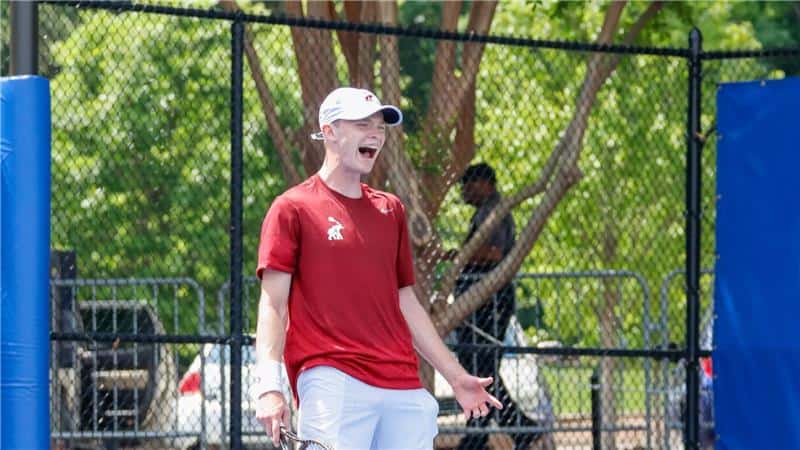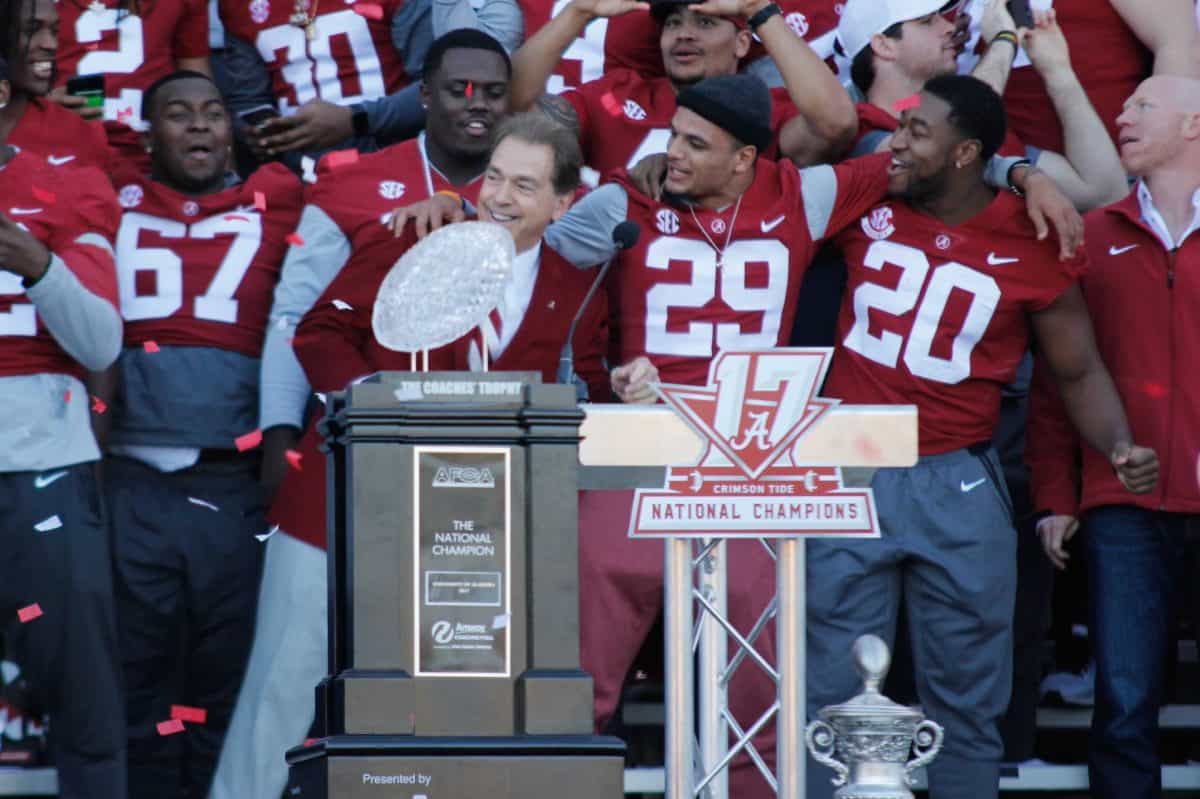We have all heard the statistic that more than half of all UA students come from out-of-state. For years, the out-of-state student population has steadily increased, and thanks to the national notoriety of our football team and the school’s generous academic scholarships, that number won’t be going down any time soon. The question remains – should a state school be not only educating so many out-of-state students, but even recruiting them over in-state students?
In reality, out-of-state students bring a lot to this university. Students from all over the country bring mindsets and perspectives that a typical Alabama student may never have experienced. The beauty of a college classroom is its diversity. Students of all backgrounds can come together to share experiences, compare differences, debate ideas and collaborate on solutions. Though this is the image the university markets to prospective students, in the minds of Alabama recruiters, out-of-state students bring something much more – money. Therein lies the issue with prioritizing recruitment of out-of-state students over in-state students
It’s no secret that the State of Alabama is in an emergency situation regarding funding, especially for education. Alabama simply cannot cover all the holes in the state budget, and therefore, cannot adequately fund public education for every Alabama citizen. The University has thus turned to importing money in the form of out-of-state tuition. Out-of-state tuition for the 2015-2016 academic year was $39,630 whereas in-state tuition was only $23,850, although it costs no more to educate an out-of-state student over an in-state student. No one can blame the University for attempting to bring in more money. The University must continue to have tuition money even if the Alabama state government fails to provide adequate funding.
The problem is that UA encourages out-of-state enrollment by doling out huge scholarships based only on college admission exams like the SAT or ACT. If you make the score, no matter who you are or where you’re from, you can earn tuition completely paid for. The scores to earn scholarship money are no different for in-state or out-of-state students. That means that taxpayers in Alabama end up paying significantly more to subsidize the education of out-of-state students by forgoing the higher out-of-state tuition it might have charged. For many students, it’s far cheaper to come across the country to Alabama where the scholarship money is an incentive, rather than staying to attend their own states’ schools. Alabama students are eventually left behind as money falls short to cover every student that needs scholarship money.
This investment doesn’t really pay off for the state, because a significant portion of UA graduates do not stay in Alabama and continue paying taxes into the system. Rather, Alabama taxpayers subsidize education for out-of-state students who graduate and then take their newly acquired degree and skills to a different state and different tax pool.
All things considered, the University’s desire to bring in more out-of-state students is indicative of broader and more dire trends in Alabama education. As it is, the state of Alabama does not produce enough college-ready high school graduates to fill freshmen classes at all the state schools. The Alabama high school graduation rate sits at 80 percent, just under the national average of 81.4. Though increasing in recent years, Alabama’s graduation rate indicates that one out of every five Alabama students doesn’t graduate high school. Furthermore, of those who do graduate, only 63 percent go on to attend college according to research done by the National Center for Higher Education Management Systems.
The Alabama public education system is simply failing to educate students fully to graduation and then transitioning them to college. Nowhere is this more clear than in Tuscaloosa itself. Just a few blocks from the Capstone of higher education for the state of Alabama, Central High School is on the Department of Education’s list of failing schools. In terms of “college readiness,” US News & World Report ranks Central at a dismaying 11.3 on a 100-point scale. As thousands of students from across the country learn, develop, and prosper at the University, just a mile away, an Alabama high school struggles to increase the students’ average math proficiency from an abysmal 13 percent. The stark irony is as unbelievable as it is depressing.
Obviously, not every Alabama student, or any other student in a different state for that matter, is made for college, but surely the state of Alabama can and must do more to give incentives for Alabama students to get an education and a degree. Instead of looking outside the state to fix budget concerns in the short run, Alabama must take a deep, inquisitive look at itself. In order to develop a truly educated population, the state must focus on providing sufficient education and creating direct pathways to college for every Alabama student before it seeks to recruit an abundance of out-of-state students. The University may bring in a lot of much-needed money to the state, but it is charged with educating the Alabama population first and foremost.
Amelia Putnam is a junior majoring in political science.






